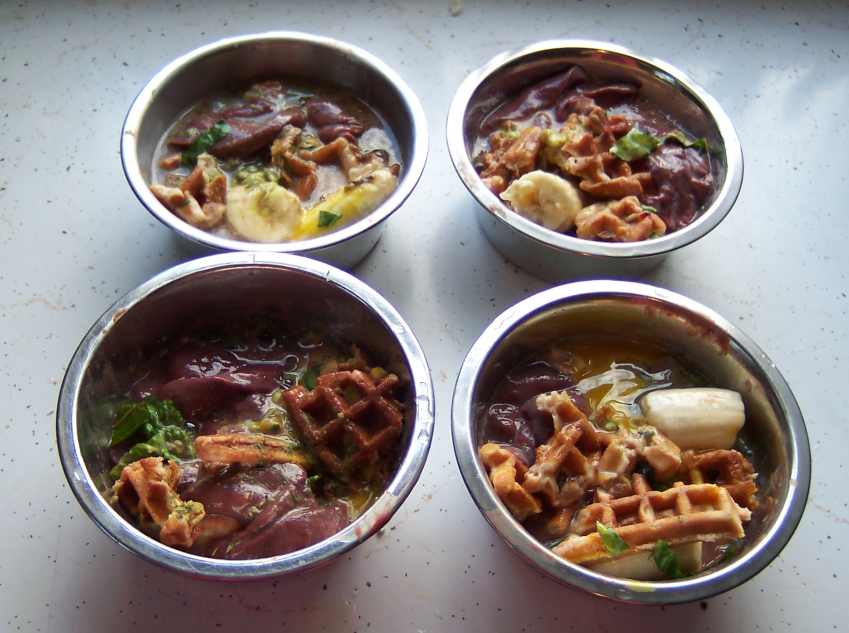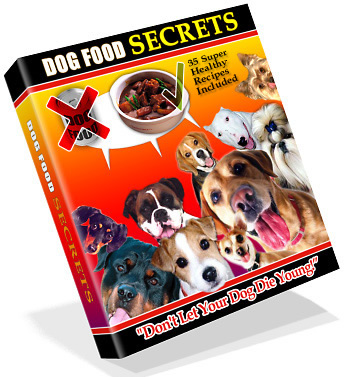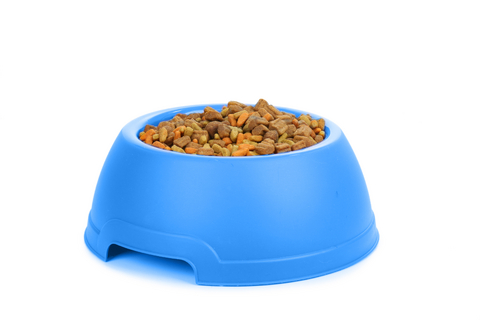Dog Food
Dog food refers to food specifically intended for consumption by dogs. Technically carnivorous, dogs have sharp, pointy teeth, and have short gastrointestinal tracts better suited for the consumption of meat. In spite of this natural carnivorous design, dogs have still managed to evolve over thousands of years to survive on the meat and non-meat scraps and leftovers of human existence and thrive on a variety of foods.
In the United States alone, dog owners spent over $8.5 billion on commercially manufactured dog food in 2007.[1] Some people make their own dog food, feed their dogs meals made from ingredients purchased in grocery or health-food stores or give their dogs a raw food diet.The dog is neither wholly carnivorous nor wholly herbivorous, but of a mixed kind, and can receive nourishment from either flesh or vegetables. A mixture of both is therefore his proper food, but of the former he requires a greater portion, and this portion should be always determined by his bodily exertions. Sportsmen in the country use various mixtures for food ; in some kennels meal and milk are constantly given, and dogs will thrive on this diet during the season they do not hunt; but, when their exertions are required, this food will not be sufficiently nutritious. All the meals are used for this purpose, but wheat-meal is the most preferable, when it can be procured, it being the least likely to produce a heated skin ; barley-meal and oatmeal are most frequently given, and are sufficiently nutritious when mixed with either milk or broth; but, when constantly used, they may be productive of the mange. Potatoes, without meal, will be a wholesome food for dogs which are not exercised, and are sufficiently nutritious when mixed with milk or butter-milk. Many of the so called "doglovers" gave treats to their dogs in the form of dog cookies.

















No comments:
Post a Comment